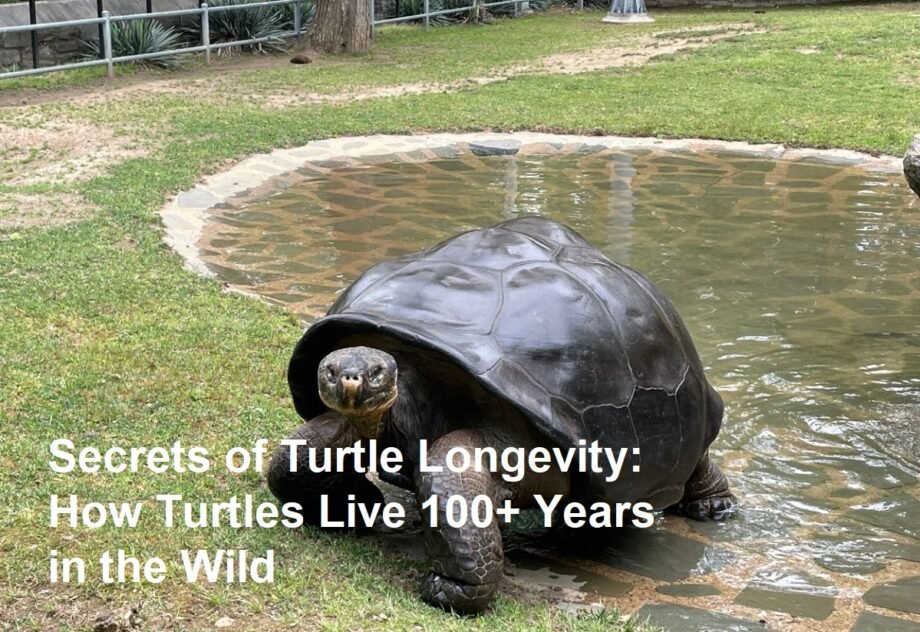Introduction
Turtles rank among Earth’s longest-living vertebrates, with species like the Galápagos tortoise reaching 190 years and sea turtles living 50–100 years. Their extraordinary lifespans—far exceeding humans’ biological limits—stem from unique evolutionary adaptations. This science-backed guide reveals the biological mechanisms behind turtle longevity and why humans study them for anti-aging breakthroughs.
4 Key Biological Adaptations Extending Turtle Lifespans
-
Cellular Repair Mastery: Telomeres & Antioxidants
- Telomere Protection: Turtle telomeres (chromosome caps) shorten slower than mammals’. Red-footed tortoiseseven regenerate telomeres under stress (University of Buffalo study).
- Superoxide Dismutase: Turtles produce 5x more of this antioxidant enzyme than humans, neutralizing cell-damaging free radicals.
-
“Slow Metabolism” Survival Strategy
- Hibernation Physiology: During brumation (reptilian hibernation), metabolism drops to 10%:
- Heart rate: 5–10 beats/minute
- Oxygen consumption: ↓95%
- Hypoxia Tolerance: Turtles survive 4+ months without oxygen by switching to lactate-based energy (Smithsonian research).
-
DNA Damage Resistance
- Ultra-Efficient DNA Repair: Proteins like ATMand ATR rapidly fix genetic errors. Leatherback sea turtles repair UV radiation damage 3x faster than mammals.
- Tumor Suppression: Low cancer rates linked to p53 gene duplication—enhancing tumor-blocking capabilities (Cell Reports journal).
-
Shell as a Multi-Functional Shield
| Function | Impact on Longevity |
| Physical Armor | Prevents 90%+ predator injuries |
| Calcium Reservoir | Maintains bone density during fasting |
| Thermoregulation | Stabilizes core temperature |
Human Threats to Turtle Lifespans
Despite evolutionary advantages, human activity slashes wild turtle lifespans by 30–70%:
- Plastic Pollution: 52% of sea turtles ingest plastic, causing intestinal blockages.
- Habitat Loss: Coastal development destroys nesting sites (e.g., only 1 in 1,000 sea turtle hatchlings reach adulthood).
- Climate Impact: Warmer sands skew sex ratios—Australian green turtle nests now >99% female.
What Humans Can Learn from Turtles
Anti-Aging Research Applications
- Senotherapy: Studying turtle senescent cell removal could delay human aging.
- Ischemic Resistance: Mimicking turtle hypoxia tolerance may improve stroke recovery.
- Conservation Lessons: Protecting keystone species like turtles preserves entire ecosystems.
How to Support Turtle Longevity
- Adopt, Don’t Shop: Avoid wild-caught pets; captive breeding stresses genetics.
- Beach Stewardship: Use red lights near nesting sites (white light disorients hatchlings).
- Plastic Reduction: Support ocean cleanup NGOs like Ocean Conservancy.
Case Study: Jonathan the Tortoise (190 Years Old)
- Species: Seychelles giant tortoise (Aldabrachelys gigantea)
- Secrets to Longevity:
- Low-stress environment (St. Helena Island since 1882)
- Herbivorous diet rich in antioxidants
- Daily sun exposure for vitamin D synthesis
- Scientific Significance: His immune cells show negligible senescence.
Conclusion
Turtles achieve extraordinary longevity through unparalleled cellular repair, metabolic flexibility, and evolutionary armor—yet human impacts now threaten these ancient survivors. By protecting turtles and studying their biology, we unlock dual benefits: preserving ecological balance and advancing human medical science. As Jonathan the tortoise proves, their secrets hold transformative potential for our own species’ future.









